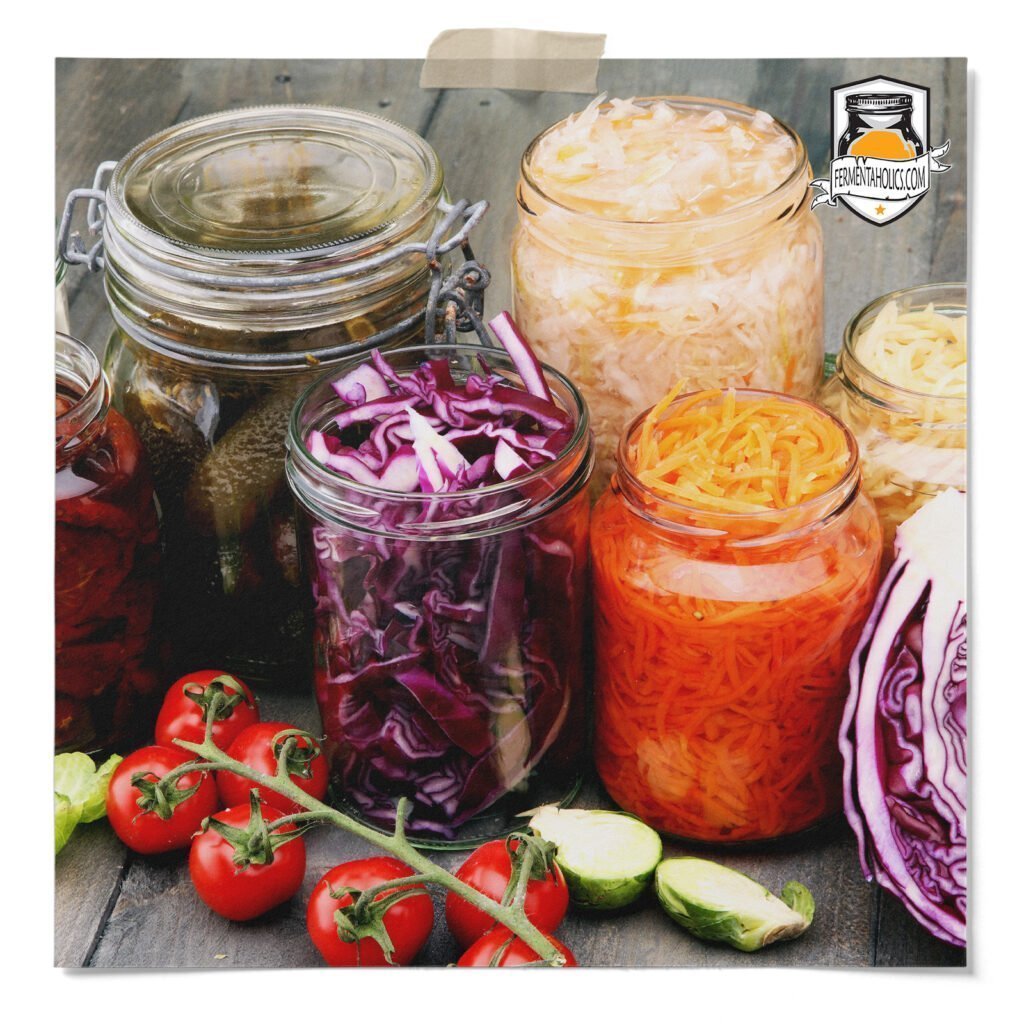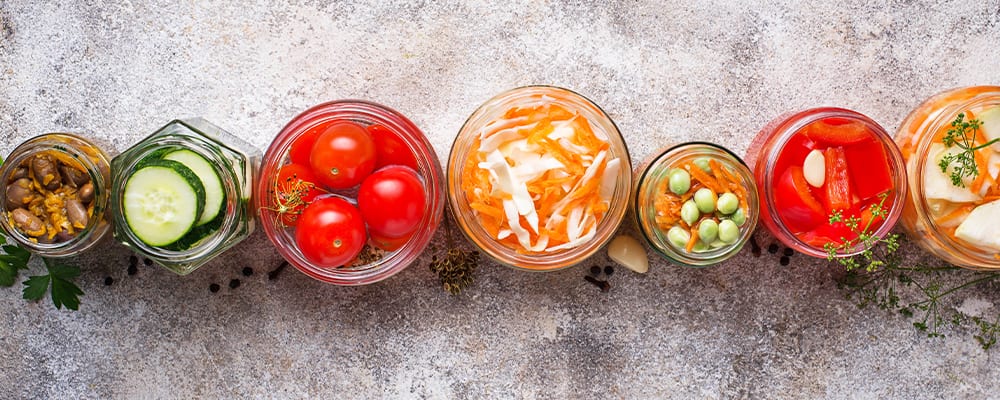
The purpose of this post is to provide some information on fermentation in general and how it relates to you and your kitchen. First, to explain what fermentation is. Fermentation is the process by which bacteria and yeast consume sugars, digest them, and transform them into byproducts such as alcohol, acids(vinegar), and gases. Fermentation is responsible for all kinds of decomposition and ultimately connecting the circle of life! For this fact alone, we should pay some respect to the little guys that make it happen – pound it, bacteria.
There are many different kinds of fermentation, each categorized by the byproducts they produce. So, what is Lacto-fermentation, and why is it important to us? Laco-fermentation is performed by a group of bacteria called lactic acid bacteria (LAB). These little guys produce lactic acid and are most famous for making cheese and yogurt due to their ability to process lactose, aka milk sugar. So, to quickly answer why Lacto-fermentation is important to us, …um, cheese. One of the greatest known substances on the face of the earth, cheese, owes its very existence to Lacto-fermentation. HOWEVER, their splendor does not stop there! Sauerkraut, kimchi, pickles, sourdough, miso, sodas, ketchup, this list goes on and on.

You can ferment almost any vegetable. The LAB will process it into something more easily digested while creating enzymes and vitamins that make nutrients more bio-available in your body.
Lacto-fermentation has been around as long as humans have been preserving food. Why aren’t people fermenting at home anymore? I blame the refrigerator. The advent of the refrigerator and commercial food sources has seemed to create a stigma of sorts towards the idea of fermenting. Letting something sit out, unrefrigerated, for DAYS? I will admit that is something I, myself, had to get used to. Refrigeration is ingrained into our very culture, and it’s hard to imagine getting by without it!
I am still pleasantly surprised now and then to realize something that I regularly consume is a product of fermentation. Who knew that chocolate and coffee were ferments!? No wonder I love them both!
One of the coolest things about Lacto-fermentation is that the LAB is ALREADY present on all plant matter, especially those that grow close to the ground. You don’t need to buy any starter culture. What you do need is to provide an environment in which the lactic acid bacteria can thrive–salty and acidic. If lactobacillus is already present on raw fruits and vegetables, then what is the difference between eating raw vs. Lacto-fermented foods? Well, by fermenting first, you are allowing the populations of good bacteria to multiply. This creates a natural pro-biotics that, when ingested, provides a healthy dose of beneficial bacteria for your body. From raw food, you can only ingest what is naturally living there, rather than allowing the desired population to flourish first.
LAB are natural residents of our gut and play essential roles in keeping us healthy. Their populations can be thrown off balance due to various factors of diet and lifestyle (antibiotics, for example), allowing other potentially harmful bacteria or yeasts to take over. Antibiotics are sometimes necessary to survive, so if you do have to take them, eating cultured(fermented) foods is a great way to repopulate your body with the good bacteria afterwords.
Give Lacto-fermenting a try!
